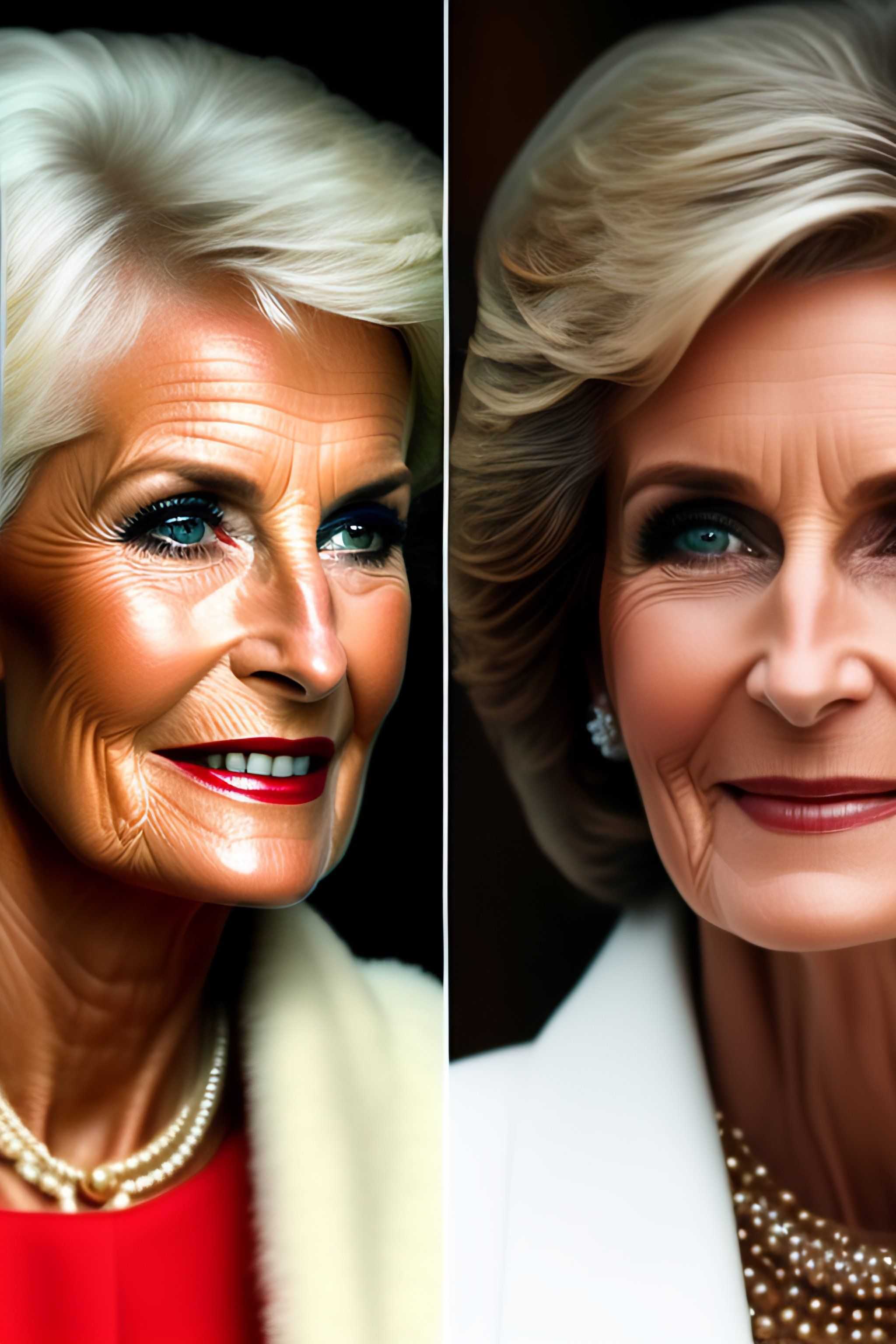Diamonds Are Forever

Post-SPM, it was either Astrophysics or Electronic Engineering for me, with the former being a childhood dream and the latter, the more practical option. Taking into account the needs of our nation, I chose Electronic Engineering, and that decision led me to Peterborough, UK to pursue a national diploma programme lasting over 2 years. I also took an additional A-level subject, Pure and Applied Maths, for better mathematical credibility, which is an essential skill for a placement in prestigious engineering programs in the UK.
Upon successful completion, I went on to pursue a Bachelor’s Degree at the university of my choice, UCL, London. The magic happened in the final year where students were required to undertake a major engineering or science design project. Without time to waste and in great haste, I independently formed a relatively original idea with an enthusiastic research supervisor: to explore the electronics properties of diamonds.
“Wait a sec, diamonds and electronics? As far as I know, diamonds are a girl’s ‘best friend’, and definitely not electrically conductive”. Right on both counts, but there is more to the sparkle than meets the eye. Structurally, diamonds have a plethora of outstanding properties which make them a researcher’s dream come true: extreme mechanical hardness, highest known value of thermal conductivity at room temperature, chemical inertness, and biological compatibility, just to name a few. As a result, this has led to extensive exploration in the application of diamonds in the field of science.
My year-long assignment was to investigate the nature behind the phenomenon on polycrystalline diamond surface. To cut the long story short, many hours of dedication resulted in this undergraduate project shedding some light on the aforementioned phenomenon and culminating in the development of the Transfer Doping Theory, which elucidates the conduction mechanism. It was one small step for a budding researcher, but one giant leap for diamond research. Thus, it was duly rated as a first-class undergraduate project by the Electronic/Electrical Engineering Department of UCL.
Graduation took place a few months later, and I heeded the call of national duty. Voluntarily, I opted for a teaching position in the then newly established Tenaga Nasional University where I honed my public speaking, mentoring, knowledge-imparting, and leadership skills. A few years down the road, fate called upon me in the form of the Yayasan Khazanah Global Scholarship. A case for diamond electronics PhD research was made, and consequently, I was back in UCL to embark upon my scientific journey once again.
Fast forward to the present day, and here I am standing on the back of a matured single crystal diamond growth technology. Since my foray into this field, I have developed a full diamond microstructure for biological and chemical sensing, which can be used to detect life threatening diseases such as cancer, genetic defects, Parkinson’s and Alzheimer’s. More importantly, because living tissue and biological molecules are compatible with carbon, such electronic and mechanical systems made out of diamond may also be implanted in humans for long-term medical or health monitoring diagnosis.
So the next time you see diamonds adorning women’s fingers or glittering around their necks, bear in mind that there is more to them than merely being fashioned into pretty baubles. Diamonds can be lifesavers if used for medical applications, among other things. It was not long ago when an initially unassuming undergraduate project sparked my interest in the field of Diamond Electronics, yet here I am several years on, at the finishing line of my PhD adventure, looking forward to my next undertaking.
Now, I hope to share the knowledge and skills I have acquired for the betterment of my country, Malaysia. Who knows – maybe someday you too will want to work with diamonds, and in turn, make diamonds work for humanity.
Rezal Khairi Ahmad is a PhD candidate in Diamond Electronics at the London Centre for Nanotechnology, specialising in biological/chemical sensing using diamond nanostructures. He is also the 3rd year representative in the LCN Staff-Student Consultative Committee and currently holds the presidency of the Malaysian Post-Graduate Council.
Note: The above entry was written in 2010 for What’s After SPM?, published in 2011. This non-for-profit book project is a collaboration between Leaderonomics and a team of young Malaysians. Click here for details on the project and authors.
Click here for more articles like this.
Personal
This article is published by the editors of Leaderonomics.com with the consent of the guest author.





